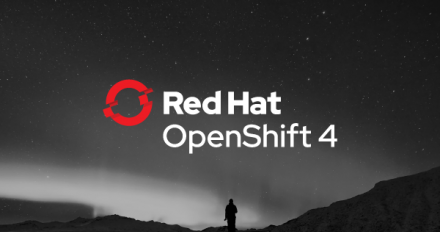
Installing debugging tools into a Red Hat OpenShift container with oc-inject
This article describes the oc-inject utility, which works on any Linux system that includes Python 3, the ldd utility, and the Red Hat OpenShift command-line tool oc.

This article describes the oc-inject utility, which works on any Linux system that includes Python 3, the ldd utility, and the Red Hat OpenShift command-line tool oc.
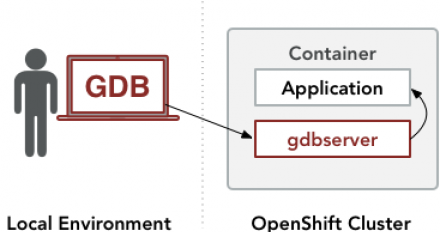
To successfully debug a containerized application, it is necessary to understand the constraints and how they determine which debugging tools can be used.

Red Hat AMQ Streams is a massively scalable, distributed, and high performance data streaming platform based on the Apache Kafka project. AMQ Streams provides an event streaming backbone that allows microservices and other application components to exchange data with extremely high throughput and low latency.
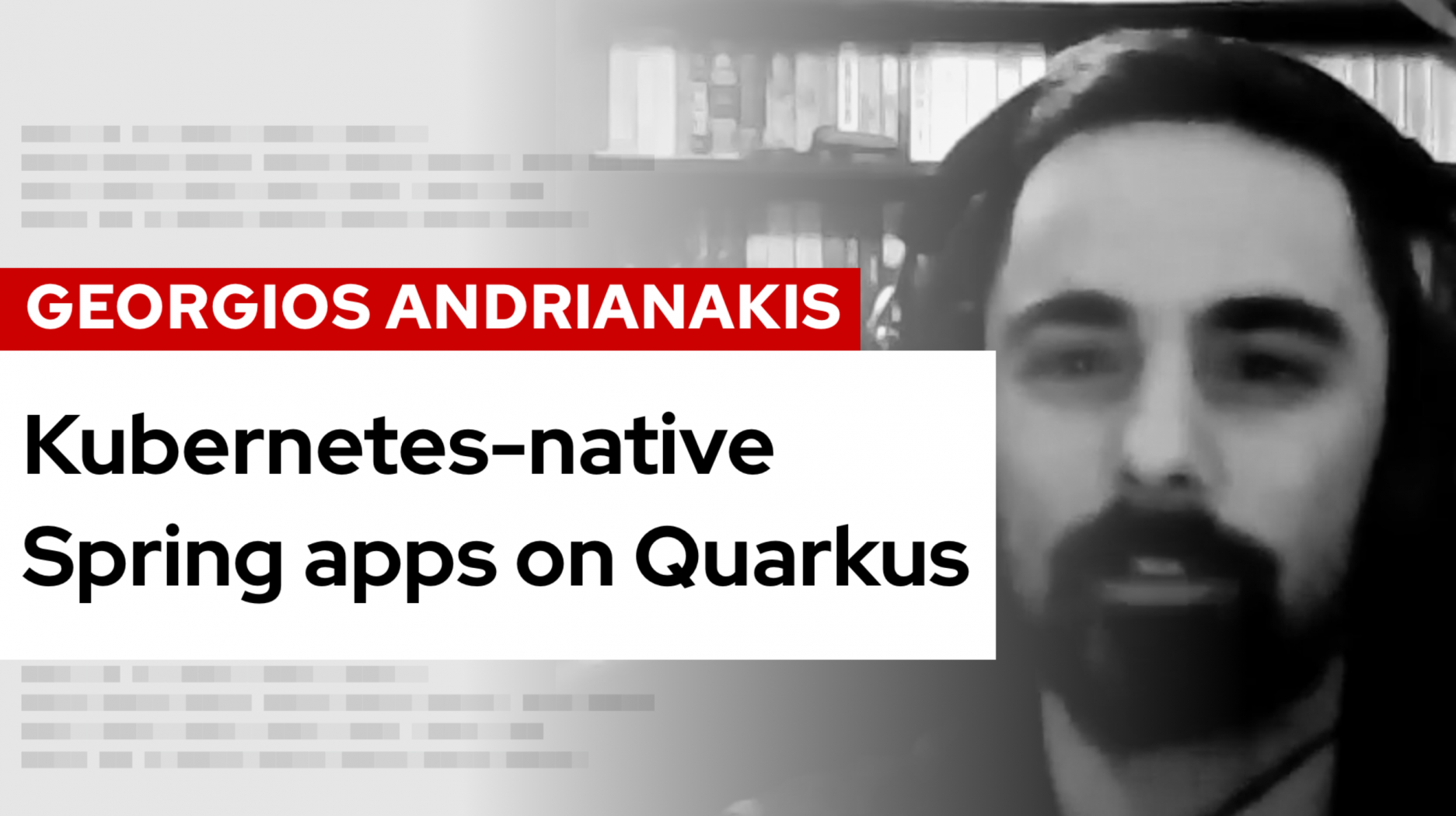
DevNation Live tech talk - Kubernetes-native Spring apps on Quarkus
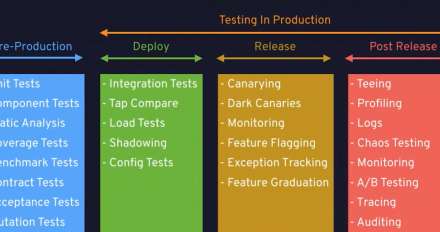
In this DevNation tech talk, you’ll learn about testing in production and speeding your release cycle from Alex Soto.

DevNation live tech talk - Serverless Kafka on Kubernetes
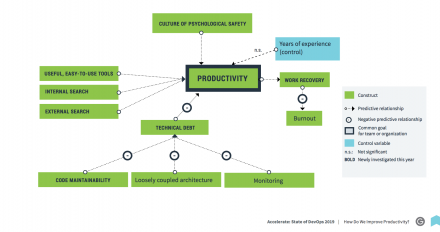

Learn how to install 3scale multi-tenant using the command line with just seven commands.

What does one developer's evolutionary journey have to do with Gene Kim and his book The Phoenix Project?

Learn how DevOps teams are like racing crews and how the strategies of one can be applied to the other.

DevNation Live session - Plumbing Kubernetes builds | deploy with Tekton
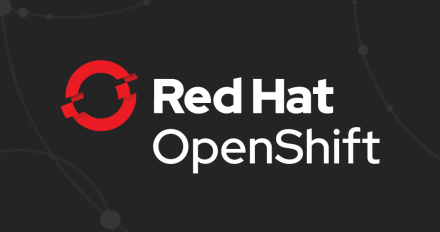
We present simple steps to make the management of your LDAP users and groups within Red Hat OpenShift much easier.

Nicolas Massé continues the series on using the 3scale toolbox with an introduction to the Jenkins Shared Library.

In this article, Nicolas Massé shows how to use the 3scale toolbox to deploy your API from a Jenkins pipeline.
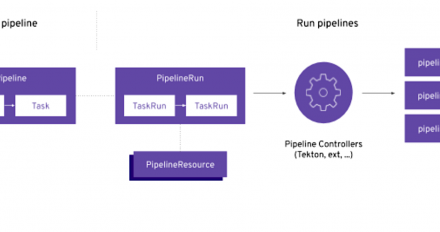
Learn more about OpenShift Pipelines, which enable the creation of cloud-native, Kubernetes-style CI/CD pipelines based on the Tekton project.

Kubernetes implements a system for automating deployment, scaling and management of containerized applications. It is often referred to as being a Container as a Service (CaaS).
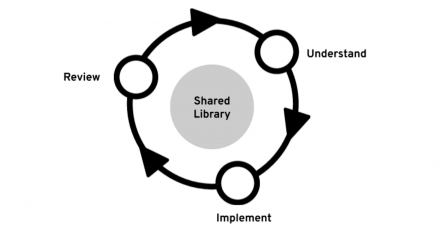
Decentralizing both the application lifecycle management process as well as the related tooling is key to scaling development and meeting changing needs.

A DevNation Live session - Kubernetes enterprise integration patterns with Camel-K

Factories in Eclipse Che are a great way to onboard new teammates. This article shows how to build and customize them.

A DevNation Live session,
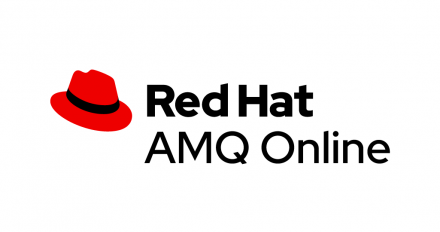
Red Hat AMQ Online gives developers cloud-like self-service access to messaging services running on their organization's own infrastructure.
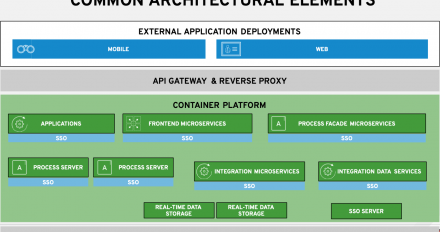
Part 6 of Eric Schabell's integration series covers the storage elements of a generic architectural blueprint for the omnichannel customer experience use case.
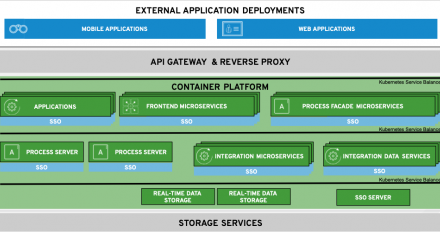
This article, which is Part 5 of the series, covers core elements of a generic architectural blueprint (container platform and microservices) for the omnichannel customer experience use case.

This article, which is Part 4 of the series, covers details pertaining to API management and reverse proxies of a generic architectural blueprint for the omnichannel customer experience use case.
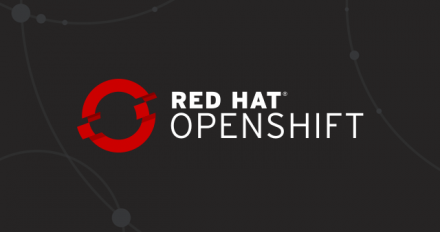
This article discusses a fast and easy way to get Java apps running in a cloud by using OpenShift’s Source-to-Image (S2I) builder with Maven, Gradle,or Java 11.